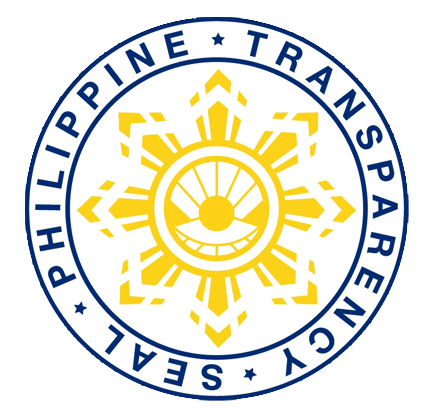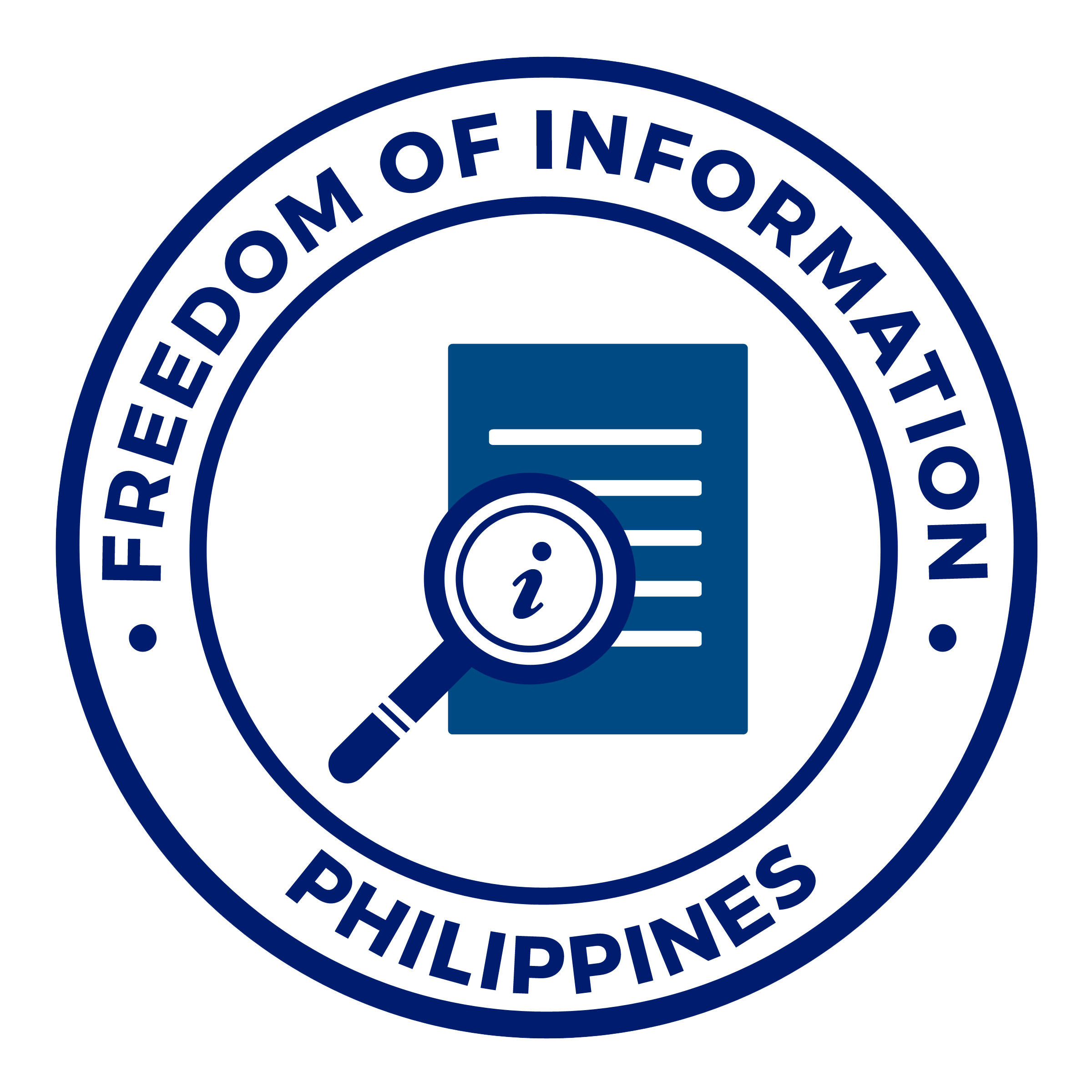National Broadband Plan
The National Broadband Plan (NBP) provides the blueprint for a broadband infrastructure in the Philippines. It aims to lay the backbone of connectivity network across the country through the deployment of fiber optic cables and wireless technologies, thereby, improving the Internet speed and affordability. The NBP aims to ensure that all Filipinos have access to broadband capability through government investment in broadband infostructure, policy reforms and stimulation of market demand.
The NBP has three (3) identified strategies to achieve universal, faster and affordable internet access:
- Institute Policy and Regulatory Reforms – targets the intervention in development of key issuances to support policy and regulatory amendments/reforms in the sector of telecommunications and ICT. The areas of focus are Administrative Reforms and Competition and Market Entry.
- Government Investment in Broadband Infostructure – implementation of the national broadband infostructure that will complement the existing infostructure of telcos to ensure universal access to broadband; and
- Support on the Stimulation of Broadband Demand – to sustain the momentum of “push” measures (i.e., development of broadband infostructure), the government will establish necessary “pull” measures to stimulate demand and eventually, increase broadband take-up rate. The programs or interventions will focus on the local content development and promotion, conduct of capacity building and information outreach programs, and introduction of incentives to broadband users.
Its infrastructure strategy is divided into five components.
- Component 1 is the national fiber backbone that connects the islands of Luzon, Visayas, and Mindanao.
- Component 2 is the system of cable landing stations connected via the Luzon Bypass Infrastructure. This serves as the NBP’s gateway to international connectivity and may also be used to land more capacity into the network.
- Component 3 is on tower buildup to cater the country’s geographically isolated sites and identified missionary areas. This will cover the middle mile and last mile segments of the network.
- Component 4 of the NBP shall expand DICT’s fiber optic to interconnect government agencies to provide fast, secure, and efficient fiber connectivity and improve provision of public services to people.
- Component 5 involves the use of Satellite Overlay. This component enables immediate broadband service to isolated locations where deployment of fiber network facilities can be challenging.





